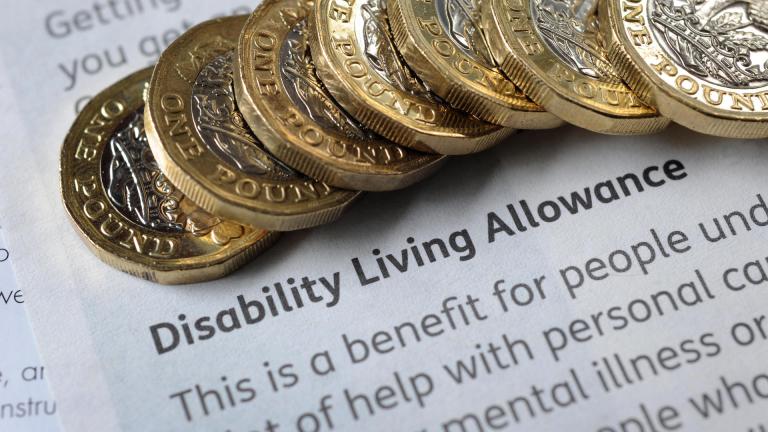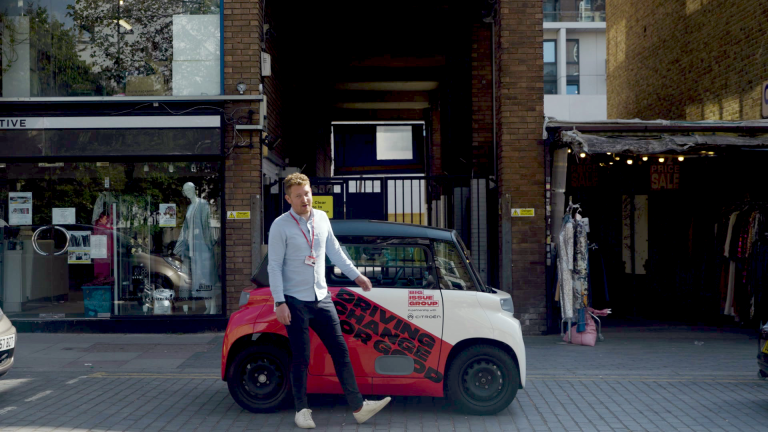I am often asked how far an employer may go when prescribing what staff wear at work. The starting point is simple: every organisation is entitled to project a particular image, promote safety or hygiene, and ensure that employees present themselves in a way that supports legitimate business interests. However, any workplace dress policy must also sit comfortably within the Equality Act 2010, which forbids discrimination on the basis of protected characteristics such as sex, age, disability, race, religion or belief, gender reassignment and sexual orientation. The moment a policy, even inadvertently, places a disproportionate burden on a particular group, it veers into unlawful territory.
Under the act, direct discrimination (for instance, telling women to wear revealing clothing) is automatically unlawful. Indirect discrimination, where a seemingly neutral rule disadvantages a group that shares a protected characteristic can sometimes be justified, but only if the rule pursues a legitimate aim and the means of achieving that aim are proportionate. In practical terms, that means organisations must pin down a clear business rationale for every restriction or rule that it wants to put in place.
Safety in a manufacturing facility, brand uniformity in a customer-facing role, or infection control in a clinical setting may all be legitimate, but the policy must go no further than necessary. A blanket ban on long sleeves in an office, for example, would be very hard to defend.
Read more:
- Most people with ADHD do not tell their employer – here’s why we must break the silence
- Travelling for work shouldn’t be a postcode lottery – but our transport system makes it one
- Mark was homeless and sleeping in his car. Now he’s just graduated with a first-class degree
What needs to be considered?
When advising clients, I begin by looking at why a rule is thought necessary. Is it genuinely about safety, professionalism or brand identity, or is it rooted in habit and assumption?
Next, I consider whether less onerous measures could achieve the same objective. For example, could a protective over-garment replace a clothing ban? I also look at the possible impact on different groups. A mandate that all staff wear a fitted jacket may disadvantage pregnant employees; a requirement to be clean shaven could exclude those whose skin conditions preclude frequent shaving; a rule against head coverings may clash with religious expression or medical needs. Where an adverse impact emerges, I consider if the detriment is outweighed by the business need and whether feasible adjustments would lessen the burden.









